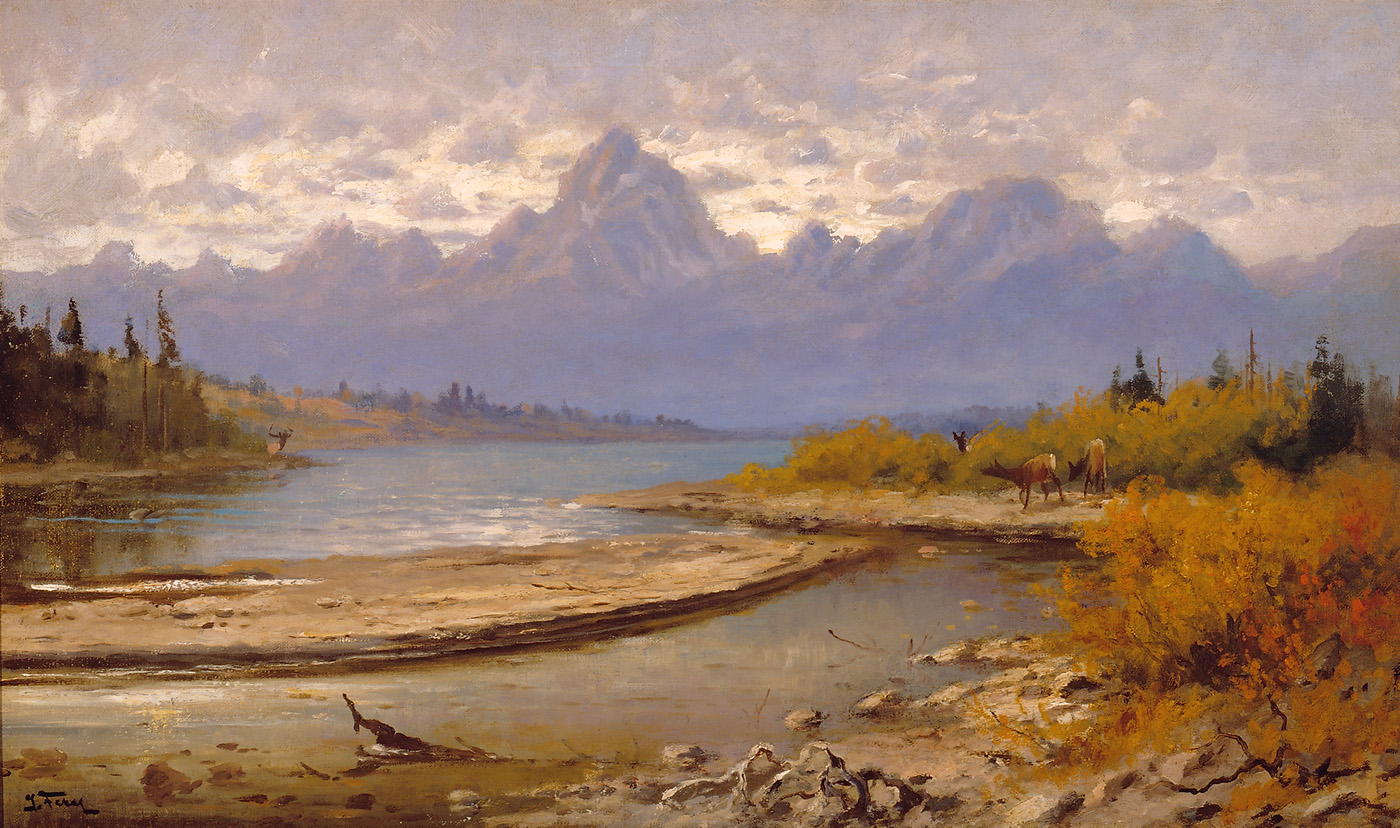Exploring Wildlife Art
May 16, 2017 - January 1, 1970
In honor of the Museum’s 30th Anniversary in 2017, this exhibition features a new gallery layout with engaging stories exploring humanity’s relationship with wildlife and nature. The installation of wildlife art presents old favorites, like Robert Bateman’s Chief, alongside never-before-seen acquisitions. Emphasis is placed on the art and history of this region, including the groundbreaking work of figures like Thomas Moran, whose magnificent paintings of Yellowstone helped convince Congress to create the world’s first national park. Looking deeper into the history of North American art, Native American birdstones dating from 2500 b.c. complement Euro-American painting and sculpture from the 1800s and 1900s displaying the beauty and bounty of a continent filled with amazing populations of wildlife.
Other galleries look at how European global exploration and the work of Charles Darwin influenced the way we see wildlife today; the development of Carl Rungius into the world’s premiere painter of North American wildlife; and how modern artists like Georgia O’Keeffe incorporated wildlife into their exploration of the boundaries of art. Rotating exhibits of living artists, ranging from traditional to contemporary in style, round out this reinstallation that is sure to delight as it engages us in new ways of exploring wildlife art.
This Exploring Wildlife Art exhibition spans many Museum galleries including: Greene Pathways, JKM, Widener, Rungius, and Kuhn.



- 1
- 2
- 3
Staff Picks
Through May 10, 2026Curating this exhibit has been an exercise in collaboration, which is one of our core values at the Museum. We began by asking each staff member to make a short list of some of their favorite works in the collection. Then, the curatorial team took them to see a few of those pieces. We asked the staff to look for artworks that were not already on display and would not be part of any upcoming exhibitions. A person’s taste in art is so uniquely personal and individual to who they are. This exhibition is not only an opportunity for you to get to know our staff, but it is also a chance to discover new pieces in the permanent collection—or perhaps to see old favorites in a new light.
See the Exhibit- 1
- 2
- 3
Two of a Kind?
Through April 26, 2026This exhibition is an exercise in comparison. It invites visitors to consider pairs of artworks, drawn primarily from the Museum’s permanent collection, and contemplate the question posed by its title: are these artworks truly Two of a Kind?
See the Exhibit




